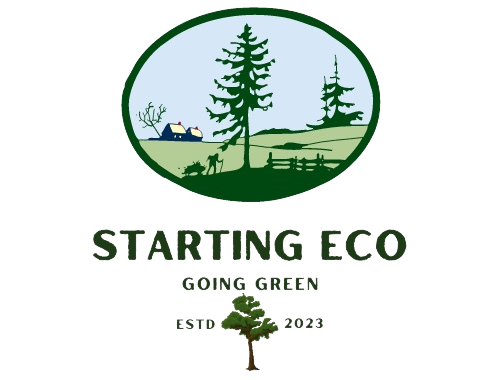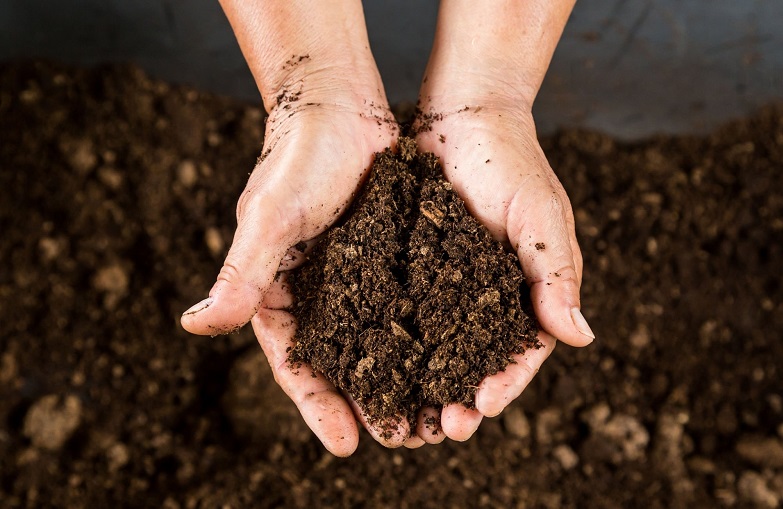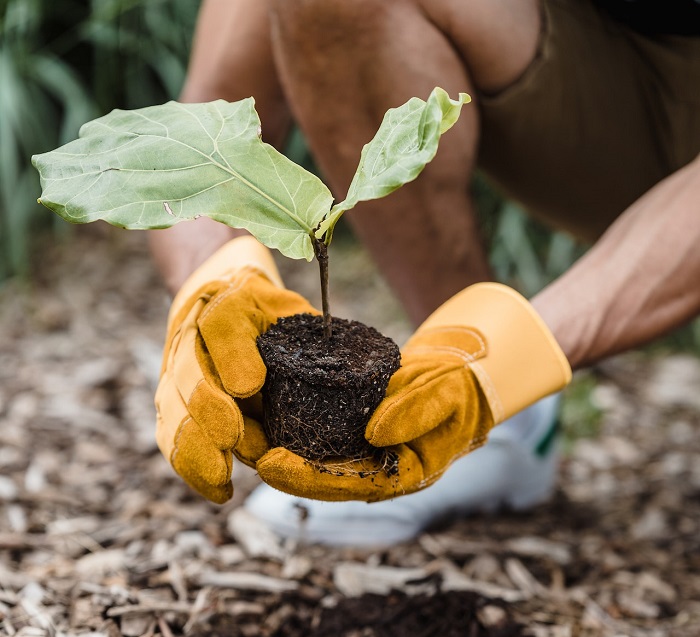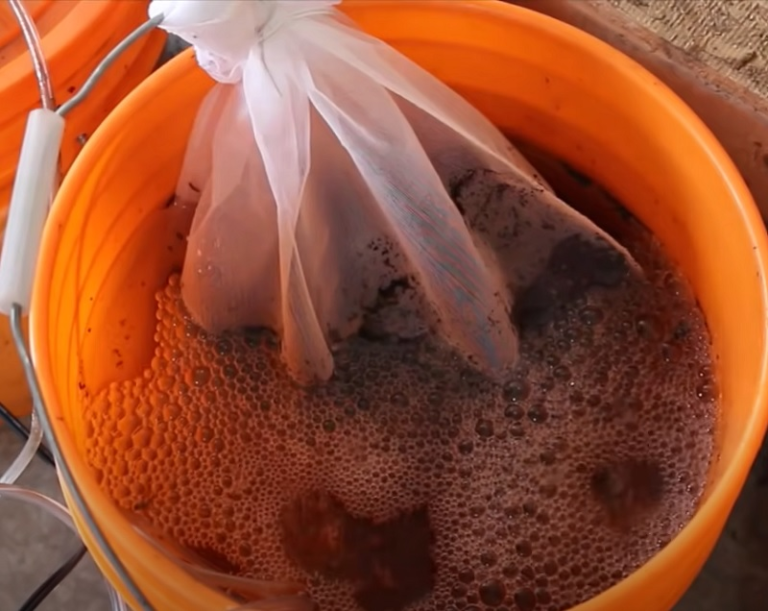How You Can Tell When Compost is Ready 101
You can tell when your Compost is considered ready when it has completed the decomposition process and has transformed into a dark, crumbly, and earthy material.
Here are some indicators that compost is ready:
- Appearance: The compost should be dark brown or black, resembling rich soil. It should be well broken down, with no recognizable pieces of the original organic materials.
- Texture: The compost should have a crumbly texture, similar to that of a sponge. It should easily fall apart when squeezed, with no clumps or lumps remaining.
- Smell: The compost should have a pleasant, earthy aroma, indicating that the organic materials have adequately decomposed. It should not have a strong or foul odor, which could be a sign of incomplete decomposition or improper composting conditions.
- Temperature: The compost pile should have cooled down significantly compared to its initial stages. It should no longer generate heat or feel warm to the touch.
It can take between 6 months to a year for compost to fully mature, depending on factors such as the composting method, environmental conditions, and the materials used.
Regular turning or mixing of the compost pile can help accelerate the decomposition process and ensure a more uniform maturity throughout the pile.
Once the compost is ready, it can be used to enrich the soil in gardens, lawns, and potted plants, providing essential nutrients and improving soil health.
Factors that affect how long compost takes to be ready to use?
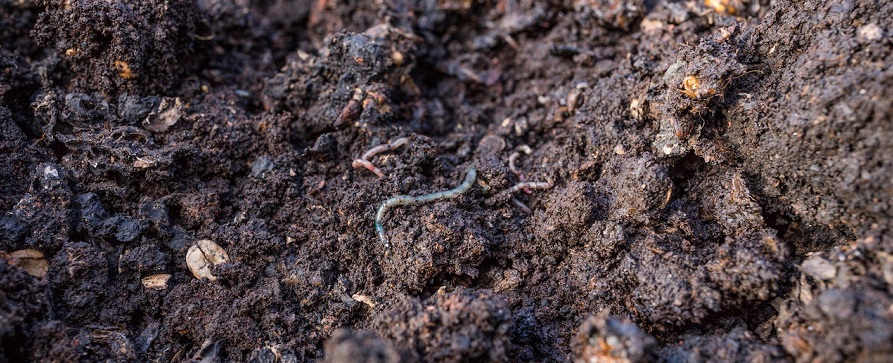
Composting is a great way to enrich your soil and reduce waste, but the time it takes to be ready can range significantly.
Factors that affect how long compost takes to be ready to use include the materials used, the temperature and moisture level, and the size of the compost pile.
So, what can you do to speed up the process?
Firstly, make sure you’re using a mix of brown and green materials for optimal decomposition.
You should also aim for a pile that is roughly 3 feet high and wide to ensure adequate airflow.
Finally, keep an eye on the moisture level – a damp pile will decompose much faster than a dry one. Happy composting!
When should I stop adding to my compost pile?
So you’ve been building your compost pile with the dedication and focus of a master craftsman, and it’s been going swimmingly.
You’ve added all sorts of organic matter, from kitchen scraps to lawn cuttings, and it’s all breaking down beautifully.
But now you find yourself wondering – when should I stop adding to my compost pile?
The answer, my green initiative friends, is that it all comes down to balance. You want a good mix of nitrogen-rich greens (like food waste) and carbon-rich browns (like dried leaves) to promote healthy decomposition.
Too much of one or the other can throw off the balance and slow down the process.
Generally speaking, it’s best to stop adding to the pile when it’s about 3 feet high and 3 feet wide and give it some time to fully decompose before starting a new one.
However, if you have a continuous composting system, you can keep adding as long as you’re keeping that balance in check.
So go forth and compost, my friends – just remember to keep it balanced!
What should the final compost look like?
If you’re feeling proud of yourself for starting your own compost pile, but you’re unsure what the end product should look like, don’t worry- you’re not alone. Luckily, it’s not rocket science.
When your compost is ready, it should look like rich, dark soil- easy on the eyes and good for your garden.
The compost should be crumbly, and its texture should be light and loose. Remember, the goal of composting is to break down organic matter into nutrient-rich soil, so there should be no apparent debris or chunks.
So, if you’re still seeing those banana peels, twigs, or avocado skins in your compost, keep mixing and turning, and soon enough, you’ll have the perfect compost for your next planting season. Keep calm and compost on!
What happens if you use compost too early?
Gardening enthusiasts will all agree that compost is essential in creating a thriving garden.
However, there’s one thing that gardeners should keep in mind – using compost too early.
While it may be tempting to sprinkle a generous amount of compost onto your plants, using it too soon may have unpleasant consequences.
Aside from providing a less-than-desirable aroma, using compost too early can result in stunted growth, root damage, and even plant death.
So, unless you want to risk having a lackluster garden, be patient and wait until your compost is well-aged before applying it. It’s always better to be safe than sorry!
